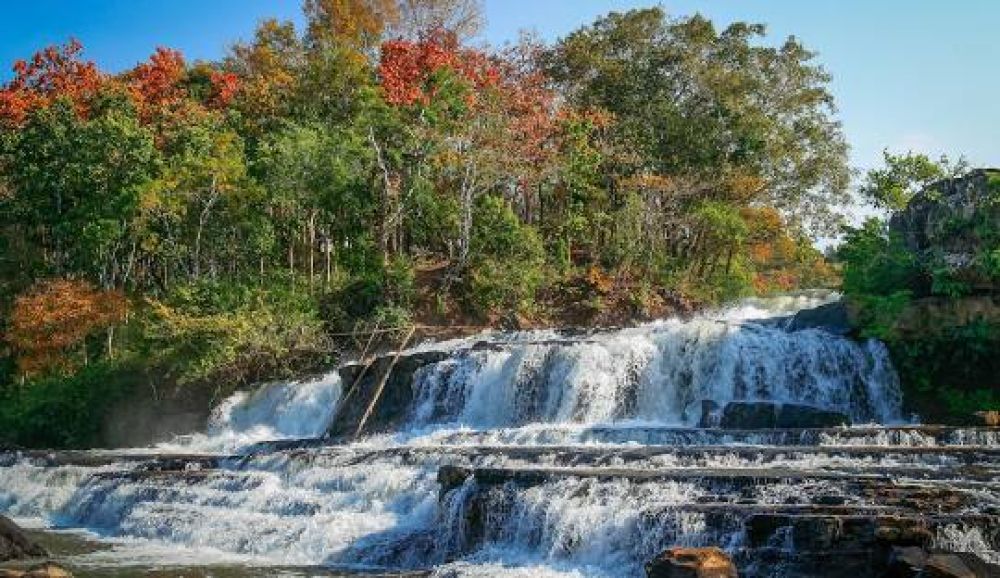

Tad Lo Waterfall, a beautiful and serene series of waterfalls in the Bolaven Plateau, is located near Pakse, a city in the Champasak province of southern Laos. The area's remote location, lush scenery, and the allure of its natural beauty has made it an increasingly popular spot for tourists seeking tranquility and an authentic Lao experience.
The history of tourism at Tad Lo Waterfall is fairly recent compared to other destinations worldwide. Laos, as a whole, only started to open up to international travelers in the 1990s after years of isolation. Since then, travelers drawn by the allure of untouched natural surroundings and rich cultural heritage have been gradually adding Laos to their itineraries.
Initially, the visitors to Tad Lo Waterfall were mostly adventurous backpackers traversing the less-beaten paths of Southeast Asia. They came seeking the unspoiled landscapes and cultural authenticity that the region offers. Over the years, word of the waterfall's immense beauty and the serenity of the surrounding villages has spread, leading to increased interest from a broader spectrum of travelers.
Access to Tad Lo Waterfall has improved significantly, with better road conditions and increased transportation options from Pakse. Accommodations around Tad Lo have developed from very basic homestays to a range of options, including charming guesthouses and eco-lodges. This has made it more accessible for non-backpacker tourists, including those looking for a comfortable stay amidst nature.
Ecotourism is one of the biggest trends in the Tad Lo Waterfall area. Visitors are increasingly interested in sustainable travel options that support local communities and preserve the environment. Many lodgings now focus on sustainability, offering organic food from local gardens and opportunities for guests to participate in community projects.
Cultural experiences offered by the villages around the waterfall are also gaining popularity. Tourists often look to engage with the local culture, participating in traditional activities, such as weaving, fishing, or even learning to cook Lao cuisine to enhance their travel experience.
Adventure tourism is on the rise as well, with travelers looking to combine their visits to the waterfall with activities such as elephant trekking, hiking, and exploring nearby coffee plantations in the Bolaven Plateau. The natural landscape is perfect for those who wish to immerse themselves in nature and seek adventure off the beaten path.
Relaxation and Wellness tourism is also a developing trend at Tad Lo Waterfall. The serene environment lends itself to wellness retreats where visitors can engage in yoga, meditation, and other forms of relaxation against the backdrop of the waterfall’s soothing sounds.
The future of tourism at Tad Lo Waterfall appears bright. With a continued focus on sustainable and respectful tourism that benefits both visitors and the local communities, Tad Lo will likely preserve its charm and beauty for future generations to experience and enjoy.